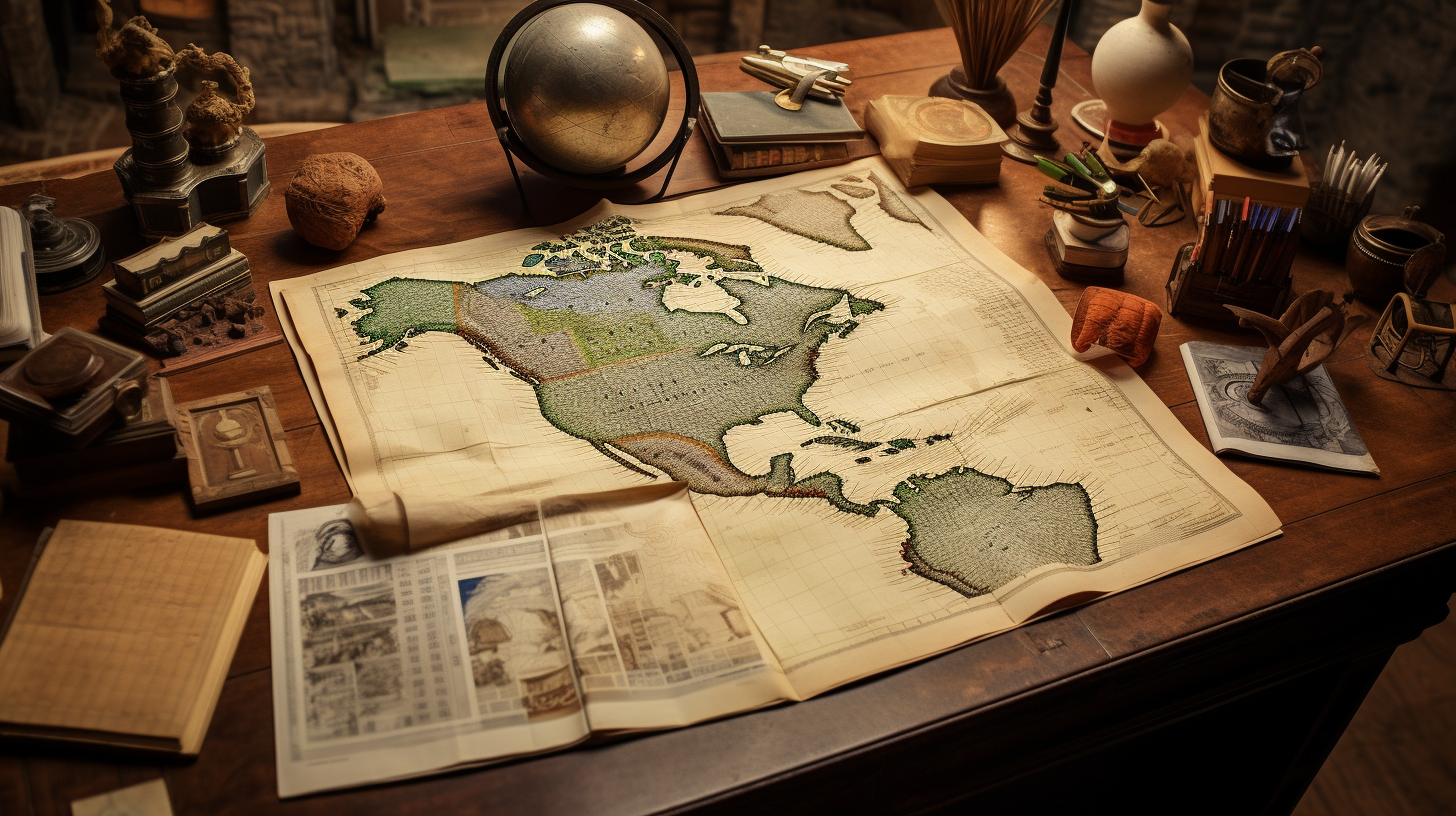
Articles

Mexican States
Southwest United States
Heritage and Governance
Indigenous Conflicts Along the Rio Grande
For the better part of a century, both sides of the Rio Grande feared Indigenous raids that led to increased tensions and retaliatory raids. Many treaties and alliances were made and broken.
Boundaries between countries were not only in flux, but almost totally ignored by some of the more aggressive Indigenous groups [the Comanches and Apaches]. However, after several decades, the Indigenous threat to Texas from sanctuaries in Mexico would end with six cross-border campaigns against the Kickapoo and Lipan Apache in 1873 and 1876-1878.
The Coahuiltecans Over Time: Past and Present
For hundreds of years, the lowlands of northeastern Mexico and southern Texas were occupied by hundreds of small, autonomous Indian groups that lived by hunting and gathering. We call these Indians Coahuiltecans to denote the broader geographic range they shared. They spoke many languages, some of which were not believed to be related. As such, Coahuiltecan is not an ethnic classification.
Nuevo Santander: The Settlement of the Rio Grande
This presentation will discuss the settlement and evolution of the Nuevo Santander Colony along the Rio Grande. José de Escandón’s Villas del Norte– established in the mid- Eighteenth Century – appeared like a string of pearls along the Lower Rio Grande River, where Spain was reinforcing the distant frontier of its American empire.
Tracing Your Indigenous Roots in Northeast Mexico and Texas
Learn to trace your indigenous roots in northeastern Mexico and south Texas. Historian, genealogist, and author John P. Schmal will discuss the various tribal groups inhabiting this region; research techniques for finding your ancestors in this area; and helpful websites.
The Indigenous Groups Along the Lower Rio Grande
The American state of Texas and the Mexican state of Tamaulipas share a long border along the Rio Grande River. For thousands of years, Native American tribes either lived along this river or passed over it on their way south (or north). This boundary was finalized in 1848, but a century earlier, much of the Rio Grande River area was being settled by Spanish and Mexican settlers who had come from other parts of Mexico to settle the lands that were already inhabited by many tribal groups.
Dual Identity: The Indigenous Peoples Who Occupy the U.S.-Mexico Borderlands
This presentation discusses the native groups that occupied the regions adjacent to and on both sides of the U.S.-Mexico border over the last three centuries. While some of these tribes are well-known to us today (i.e., the Yaquis, Tohono O'odham, Kumeyaay, Cocopah, etc.), tribal groups that have disappeared as distinguishable cultural entities (i.e., Carrizos, Mansos, Jocome, Coahuiltecans, etc.) will also be discussed. In addition to the history of those tribes, we will explore the current status of the tribal communities that still exist today.
An Entire Frontier in Flames: The Regional Implications of the Pueblo Revolt (1680-1696)
Many people from New Mexico are familiar with the Pueblo Revolt of 1680 and how it drove the Spanish and mestizo population out of the region for several years. What many people do not know is that the Pueblo Revolt was actually part of a larger regional rebellion against Spanish rule.

Article Categories
- Aguascalientes 14
- Arizona 4
- Baja California 5
- Baja California Sur 2
- California 20
- Campeche 4
- Census 36
- Chiapas 3
- Chihuahua 11
- Coahuila 7
- Colima 1
- Conquistador Chronicles 2
- Durango 2
- Ethnic Identity 41
- Genealogy 35
- Guanajuato 8
- Guerrero 8
- Hidalgo 2
- Indigenous Insights 98
- Jalisco 25
- Mexico City 11
- Michoacan 7
- Morelos 4
- Nayarit 3
- New Mexico 4
- Nuevo Leon 7
- Oaxaca 6
- Politics 10
- Puebla 5
- Queretaro 1
- Quintana Roo 4
- San Luis Potosi 11
- Sinaloa 6
- Sonora 16
- Southwest US 26
- State of Mexico 5
- Tabasco 3
- Tamaulipas 11
- Texas 7
- Tlaxcala 7
- Veracruz 6
- Yucatan 6
- Zacatecas 13







